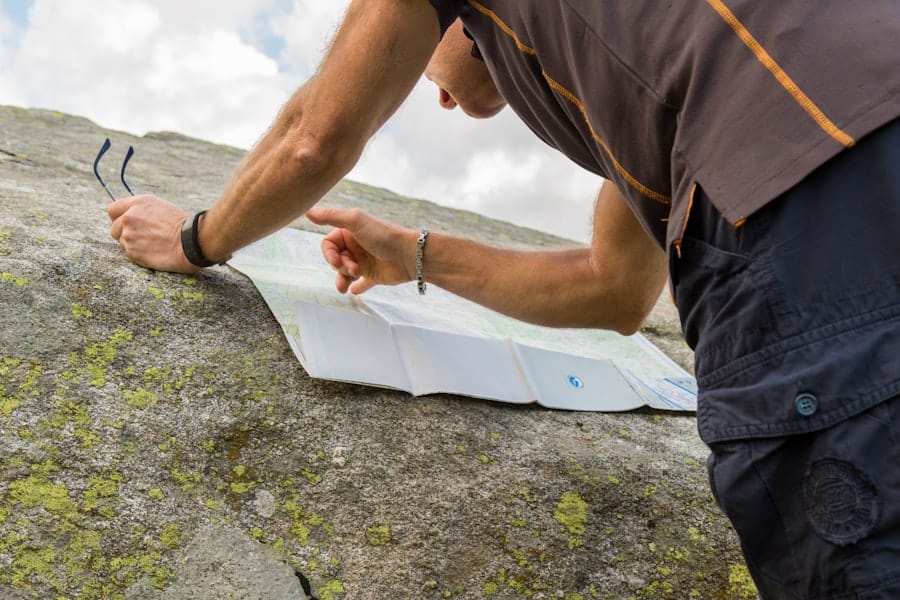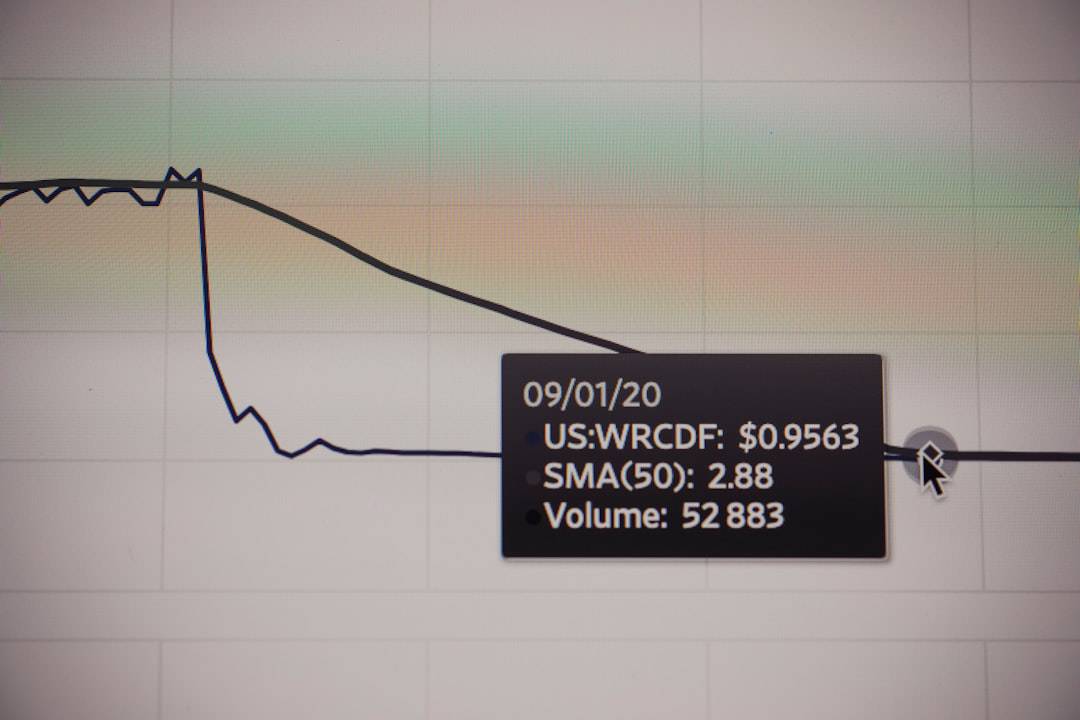Zero Trust Network Access (ZTNA) is a security framework that requires verification and authentication for every access request before granting network entry. Unlike traditional perimeter-based security models, ZTNA secures access to individual resources and applications, regardless of user location. This approach is essential in the current digital environment, where remote work and cloud-based applications are prevalent.
ZTNA operates on the “never trust, always verify” principle, meaning no user or device is inherently trusted, and all access requests must be validated. This is accomplished through a combination of identity verification, device posture assessment, and continuous monitoring of user behavior. By implementing ZTNA, organizations can significantly reduce unauthorized access and data breach risks while improving network visibility and control.
Key Takeaways
- Zero Trust Network Access (ZTNA) is a security model that requires strict identity verification for every person and device trying to access resources on a private network, regardless of whether they are inside or outside the network perimeter.
- Okta ZTNA is important for securing access because it provides a seamless and secure way for users to access applications and resources without the need for a traditional VPN.
- Implementing Okta ZTNA in your organization involves integrating it with your existing identity and access management systems, defining access policies, and ensuring a smooth user experience.
- Best practices for securing access with Okta ZTNA include implementing multi-factor authentication, regularly reviewing and updating access policies, and continuously monitoring access logs for any suspicious activity.
- Integrating Okta ZTNA with existing security measures such as firewalls, intrusion detection systems, and endpoint security solutions can provide a layered approach to security and enhance overall protection.
- Overcoming challenges in implementing Okta ZTNA may involve addressing user resistance to change, ensuring compatibility with legacy systems, and providing adequate training and support for administrators and end users.
- The future of access security with Okta ZTNA is promising, with advancements in artificial intelligence and machine learning enabling more adaptive and context-aware access controls to further enhance security.
The Importance of Securing Access with Okta ZTNA
Secure Access to Cloud-Based Applications
One of the key benefits of Okta ZTNA is its ability to provide secure access to cloud-based applications and resources, regardless of the user’s location. This is particularly important in today’s distributed work environment, where employees may be working from various locations and using different devices.
Protecting Sensitive Data and Applications
With Okta ZTNA, organizations can ensure that access to sensitive data and applications is always protected, regardless of the user’s network or device. This provides an additional layer of security and peace of mind for organizations with sensitive information.
Easy Deployment and Management
Okta ZTNA integrates seamlessly with existing identity and access management systems, making it easy to deploy and manage across the organization. This allows organizations to quickly and easily implement Zero Trust Network Access without disrupting their existing infrastructure.
Implementing Okta ZTNA in Your Organization

Implementing Okta ZTNA in your organization involves several key steps to ensure a successful deployment. First, it’s important to assess your current network infrastructure and identify the critical resources and applications that need to be protected. This will help determine the scope of the deployment and the specific access policies that need to be enforced.
Next, you’ll need to integrate Okta ZTNA with your existing identity and access management systems, such as Active Directory or LDAP. This will ensure that user identities and access policies are synchronized across the organization, providing a seamless experience for both administrators and end users. Additionally, you’ll need to configure access policies based on user roles, device posture, and other contextual factors to ensure that only authorized users and devices can access critical resources.
Once the deployment is complete, it’s important to continuously monitor and assess the effectiveness of Okta ZTNA in securing access to your network. This includes analyzing access logs, user behavior, and security events to identify any potential threats or vulnerabilities. By regularly reviewing and updating access policies, organizations can ensure that their network remains secure against evolving threats.
Best Practices for Securing Access with Okta ZTNA
| Best Practices | Metrics |
|---|---|
| Implementing Zero Trust Network Access (ZTNA) | Reduction in unauthorized access attempts |
| Multi-factor Authentication (MFA) | Decrease in successful phishing attacks |
| Role-based Access Control (RBAC) | Improved compliance with least privilege access |
| Continuous Monitoring and Logging | Enhanced visibility into access activities |
Securing access with Okta ZTNA requires following best practices to ensure a robust and effective security posture. One best practice is to implement multi-factor authentication (MFA) for all access requests, requiring users to provide multiple forms of verification before accessing critical resources. This can include a combination of something they know (such as a password), something they have (such as a mobile device), or something they are (such as biometric authentication).
Another best practice is to enforce strict access controls based on user roles and permissions. By defining granular access policies, organizations can ensure that users only have access to the resources and applications necessary for their specific job functions. This helps minimize the risk of unauthorized access and data breaches, as well as reduce the potential impact of insider threats.
Additionally, organizations should regularly review and update their access policies based on changes in user roles, device posture, and security requirements. This includes revoking access for users who no longer require it, updating device posture requirements based on security best practices, and adapting access policies to address emerging threats. By staying proactive and agile in their approach to access security, organizations can effectively mitigate risks and maintain a strong security posture.
Integrating Okta ZTNA with Existing Security Measures
Integrating Okta ZTNA with existing security measures is essential for creating a comprehensive and cohesive security strategy. One way to achieve this is by integrating Okta ZTNA with existing security information and event management (SIEM) systems. This allows organizations to centralize security event data from Okta ZTNA alongside other security tools, providing a holistic view of their network security posture.
Another important integration is with endpoint security solutions, such as antivirus software and endpoint detection and response (EDR) tools. By integrating Okta ZTNA with endpoint security solutions, organizations can ensure that only secure and compliant devices are granted access to critical resources. This helps mitigate the risk of compromised devices accessing sensitive data or introducing malware into the network.
Furthermore, integrating Okta ZTNA with cloud security solutions, such as cloud access security brokers (CASBs), can help organizations extend their security controls to cloud-based applications and resources. This ensures that access to cloud services is governed by the same strict policies and controls as on-premises resources, providing consistent security across all environments.
Overcoming Challenges in Implementing Okta ZTNA

Ensuring a Seamless User Experience
One common challenge is ensuring a seamless user experience while enforcing strict access controls. Balancing security requirements with user convenience is crucial for successful adoption, so organizations should carefully design their access policies to minimize friction for end users.
Managing Complexity of Access Policies
Another challenge is managing the complexity of access policies across a diverse set of resources and applications. As organizations adopt cloud-based services and hybrid IT environments, they must ensure that access policies are consistently enforced across all environments. This requires careful planning and coordination to avoid gaps in security coverage.
Integrating with Legacy Systems
Additionally, organizations may face challenges in integrating Okta ZTNA with legacy systems or custom applications that lack native support for modern authentication protocols. Overcoming this challenge may require custom development or integration work to ensure that all critical resources are protected by Okta ZTNA.
The Future of Access Security with Okta ZTNA
The future of access security with Okta ZTNA looks promising as organizations continue to embrace remote work and cloud-based applications. With the increasing adoption of Zero Trust Network Access models, Okta ZTNA is well-positioned to play a crucial role in securing access to critical resources in distributed environments. Looking ahead, we can expect Okta ZTNA to evolve with advanced capabilities for continuous monitoring and adaptive access controls.
This includes leveraging machine learning and behavioral analytics to detect anomalous user behavior and automatically adjust access policies in real time. Additionally, Okta ZTNA may further integrate with emerging technologies such as secure access service edge (SASE) solutions to provide comprehensive security for remote users and cloud-based resources. In conclusion, Okta ZTNA offers a robust solution for securing access in today’s dynamic and distributed IT environments.
By understanding the principles of Zero Trust Network Access, implementing best practices for securing access with Okta ZTNA, integrating it with existing security measures, and overcoming deployment challenges, organizations can establish a strong foundation for their access security strategy. As the future of access security continues to evolve, Okta ZTNA will play a pivotal role in ensuring that organizations can securely enable their workforce while protecting critical resources from evolving threats.
If you’re interested in learning more about the potential impact of the metaverse on industries and business collaboration, check out this article on metaverse and industries: business collaboration in the metaverse. It explores how virtual environments could revolutionize the way companies work together and conduct business. This could be particularly relevant in the context of implementing Okta ZTNA, as it could provide a secure and seamless way for organizations to connect and collaborate in the metaverse.
FAQs
What is Okta ZTNA?
Okta ZTNA, or Zero Trust Network Access, is a security framework that ensures only authorized users and devices can access applications and data, regardless of their location.
How does Okta ZTNA work?
Okta ZTNA uses a zero trust approach, which means it verifies the identity of users and devices before granting access to resources. It does this by using a combination of user authentication, device posture assessment, and continuous monitoring.
What are the benefits of using Okta ZTNA?
Some of the benefits of using Okta ZTNA include improved security, better control over access to resources, and the ability to enforce policies based on user and device attributes.
Is Okta ZTNA suitable for all types of organizations?
Okta ZTNA is designed to be scalable and flexible, making it suitable for organizations of all sizes and industries. It can be tailored to meet the specific security and access control needs of different organizations.
How does Okta ZTNA differ from traditional VPNs?
Unlike traditional VPNs, which provide network-level access, Okta ZTNA provides application-level access. This means that users only have access to the specific applications they need, rather than the entire network. Additionally, Okta ZTNA uses a zero trust approach, while traditional VPNs often rely on perimeter-based security.











Leave a Reply